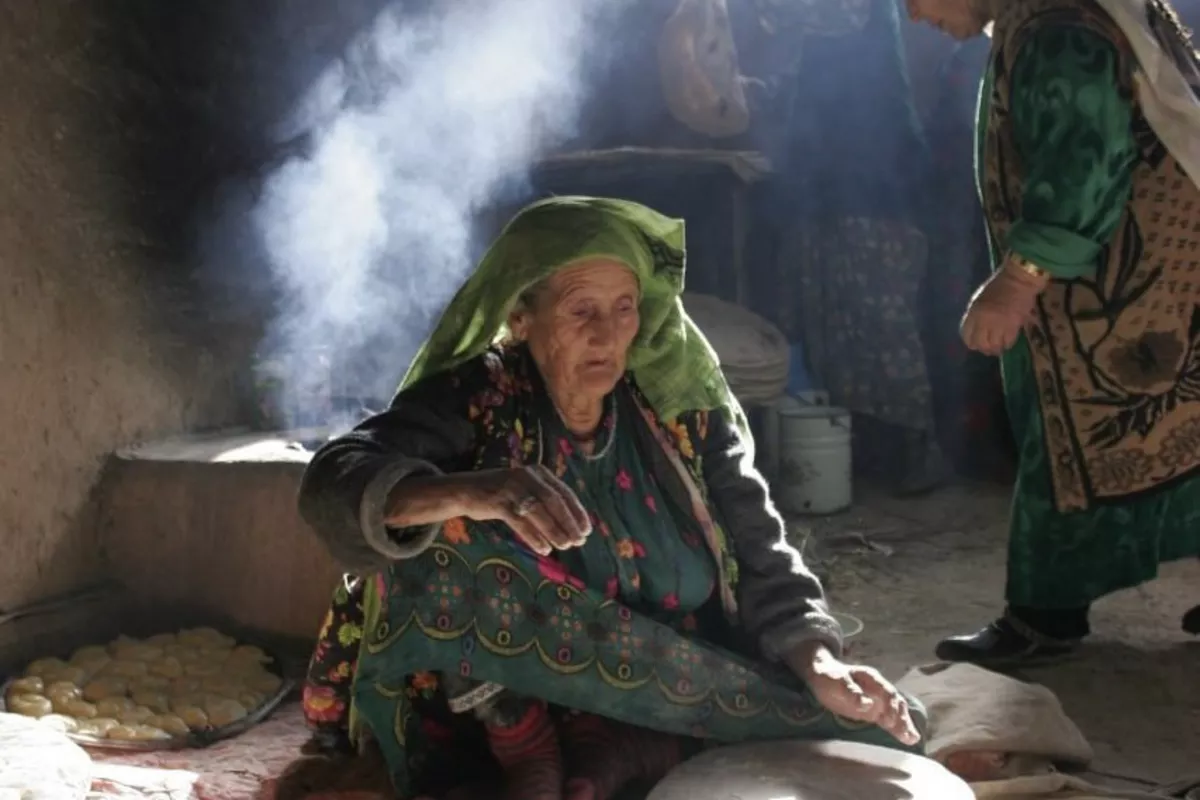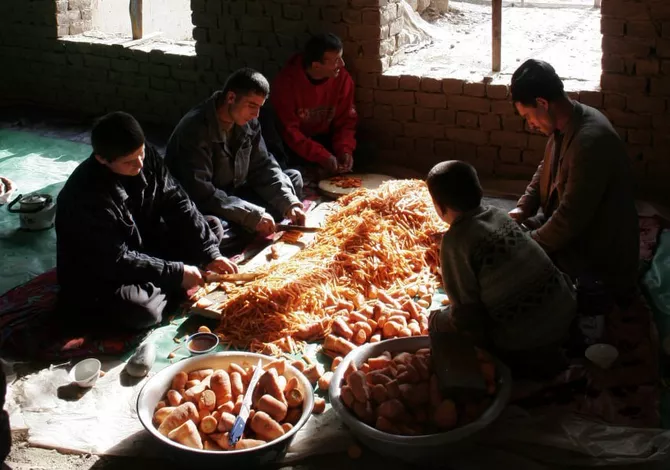
photo: Asia Plus
The World Bank (WB) has outlined in its Poverty, Prosperity, and Planet Report 2024 that despite notable improvements in recent years, more than 25 per cent of Tajikistan’s population continues living below the international poverty line of $3.65 per day.
National data indicates that the poverty rate has declined steadily, falling from 26.3 per cent in 2022 to 23.5 per cent in 2023, with a further drop to 21.3 per cent forecast for 2024, The Caspian Post reports via Tajik media.
However, when measured against international standards, one in four Tajiks remains economically vulnerable, underscoring the persistent challenges facing the country.
The WB recently revised the international poverty line from $2.15 to $3.00 per day (in 2017 purchasing power parity), reflecting rising global costs of living. The report estimates that, as of late 2023, 700 million people worldwide-8.5 per cent of the global population-live in extreme poverty, on less than $2.15 a day.
The bank identifies Tajikistan as particularly exposed to economic shocks, due to its high dependence on remittances and food and energy imports. Inflation remains elevated, and much of the workforce is employed in informal sectors, especially agriculture. Social protection programs are limited in reach, leaving millions without meaningful support.

photo: Asia-Plus
These conditions make poverty in Tajikistan not just a statistic, but a daily struggle for survival. Without income security, stable employment, and inclusive support systems, long-term improvement will remain elusive.
The report also outlines the social and geographic makeup of poverty in the country. Nearly 80 per cent of the poor live in rural areas, largely reliant on subsistence farming. Around 70 per cent of adults in these communities lack vocational education, restricting access to better livelihoods. Vulnerable groups-particularly women, children, single parents, and large families-remain at risk, often living below subsistence and reliant on underdeveloped support systems.
In a regional comparison, Tajikistan’s poverty rate is second only to Kyrgyzstan, where 29.8 per cent of the population is projected to live in poverty in 2024. In Uzbekistan, the national rate has dropped to 11.2 per cent, but significant challenges remain when applying international poverty measures. Kazakhstan fares best in Central Asia, with just 3.7 per cent of its population projected to live in poverty, and fewer than 5 per cent living on less than $3.65 per day.
To break the cycle of poverty and build resilience, the report recommends that Tajikistan adopt an integrated development strategy-focused on inclusive growth, human capital investment, and formalizing employment. Priorities should include expanding access to education, healthcare, and nutrition, particularly for underserved communities.
Additionally, the bank stresses the need for a stronger social safety net, especially in rural and remote areas, and reduced dependence on remittances and imports, which expose the economy to global market volatility.
Finally, investment in infrastructure-such as roads, clean water, and digital connectivity-and continued climate adaptation, particularly in agriculture, are seen as critical pillars for sustainable development in the years ahead.
Share on social media